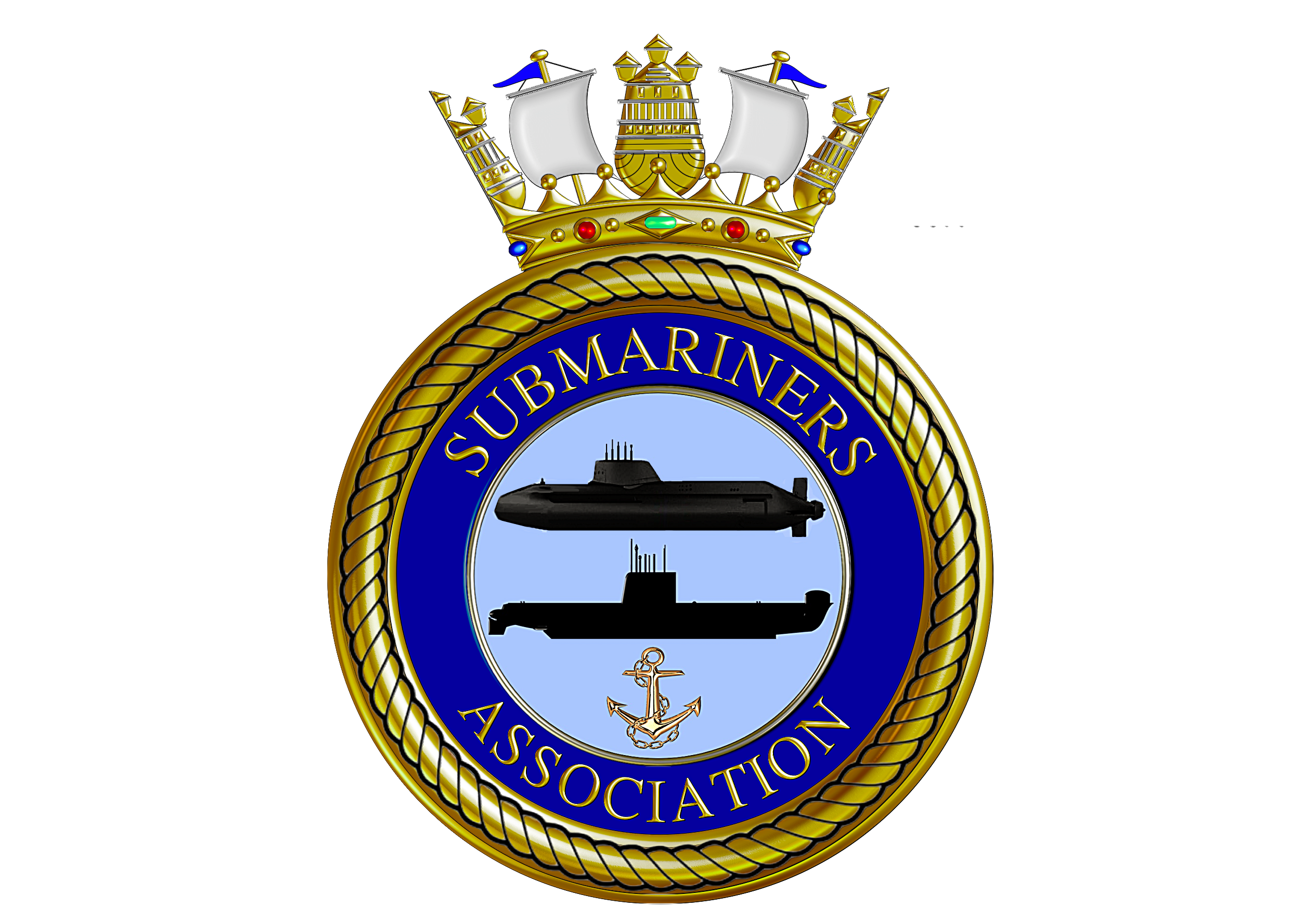Royal Navy divers and submariners were commended for their ingenuity for overcoming engineering challenges that kept a hunter-killer submarine on vital national tasking for an extra six months.
Marine engineers and Charlie Squadron of the Diving and Threat Exploitation Group made complex underwater repairs – that usually need a dry dock – to HMS Audacious during the boat’s historic 11-month patrol of the Mediterranean.
For their skill and effort working inside partially flooded ballast tanks – the critical source of buoyancy keeping the submarine afloat – they received the prestigious Churchill Medal Award from The Institution of Engineering and Technology.
The advanced hunter-killer submarine was on operations away from her base on the Clyde two days short of a year, making it the longest ever deployment of any of the Astute-class submarines.
Defects are commonplace during any deployment, but 3,000 miles from home and on rigorous national tasking – in response to Russia’s unprovoked invasion of Ukraine – there was an extra burden on the engineering department.
The scale and intricacy of the repair had only ever previously been attempted in a dry dock in the UK but, given the importance of Audacious’ mission in the Med, it was unacceptable for the boat to be unavailable.
The team developed highly sophisticated ways of working, allowing divers and the boat’s engineers to enter the cramped main ballast tanks and make repairs on the mechanism that sits just above the waterline, has no natural ventilation or lighting and has a maximum of one metre headroom.
It took the team 19 days to complete the repair, with Audacious able to continue her deployment in the Med for another six months because of their work.
Commanding Officer of HMS Audacious, Commander James Howard, said: “The dedication, innovation and engineering professionalism demonstrated by the team in the face of extreme pressure and under challenging conditions is truly outstanding.
“Their actions made a direct and significant contribution to operational availability and strategic capability, and they are considered highly worthy of recognition.”
“The team’s ability to deliver such a precise repair with limited support in incredibly challenging conditions and with considerable operational constraints displayed outstanding levels of dedication, exacting engineering standards and ultimate professionalism under significant pressure,” the nomination for The Churchill Award said.
It adds: “It is a testament to the team’s technical prowess that they efficiently delivered an enduring repair which restored the system to design intent and delivered correct operation throughout the remainder of the deployment.”
The Churchill Medal Award is the most prestigious award for engineering and innovation in the Armed Forces and MOD and is awarded every year on behalf of the Joint Professional Engineering Institutions.
- Naval Base staff laying wreaths at the Main Mast at HMNB Clyde.






